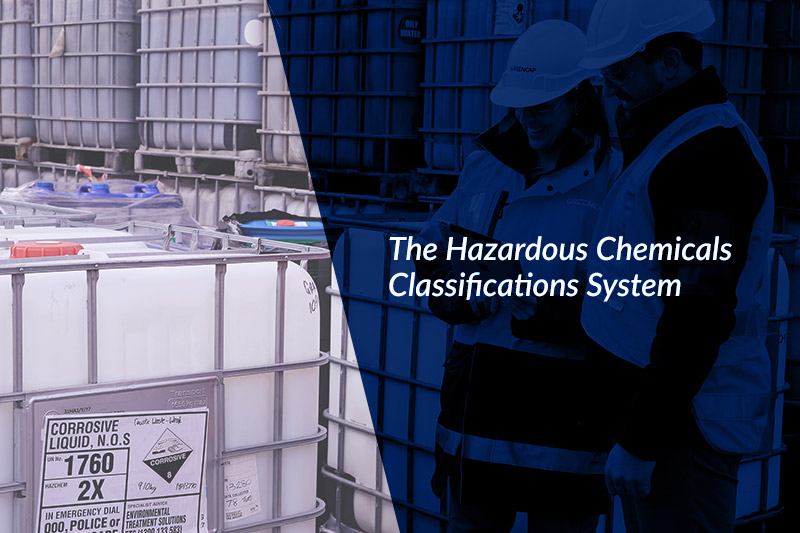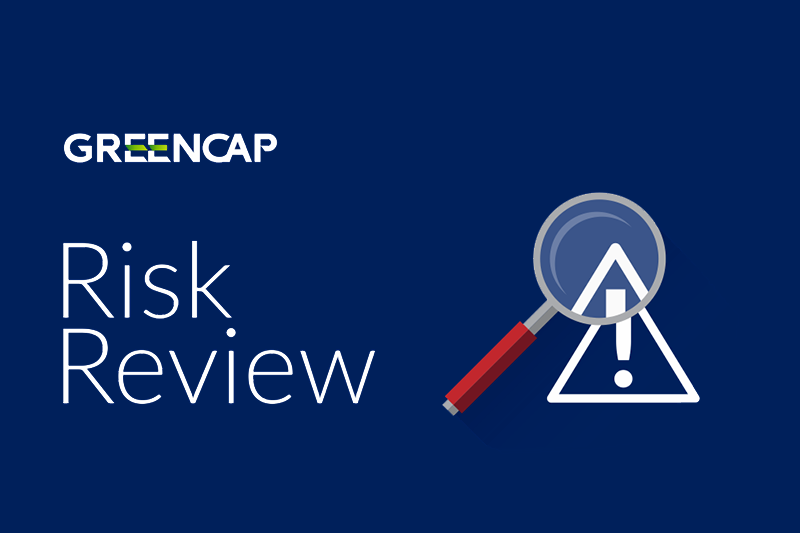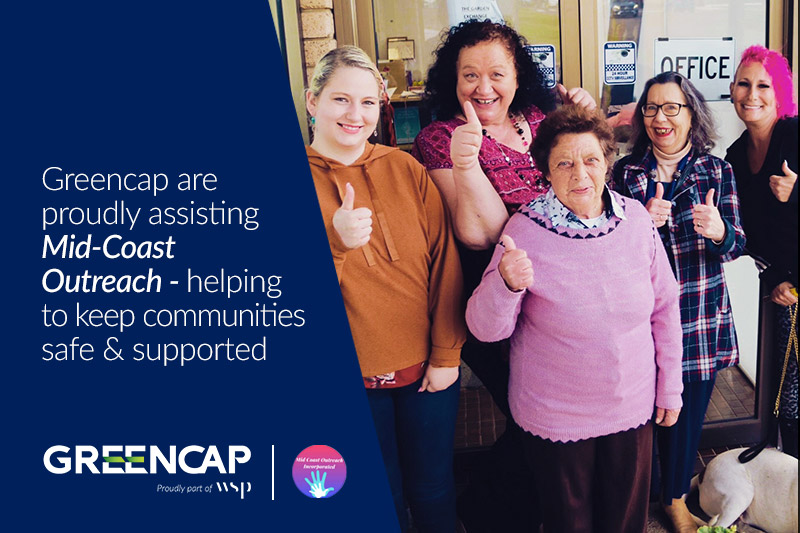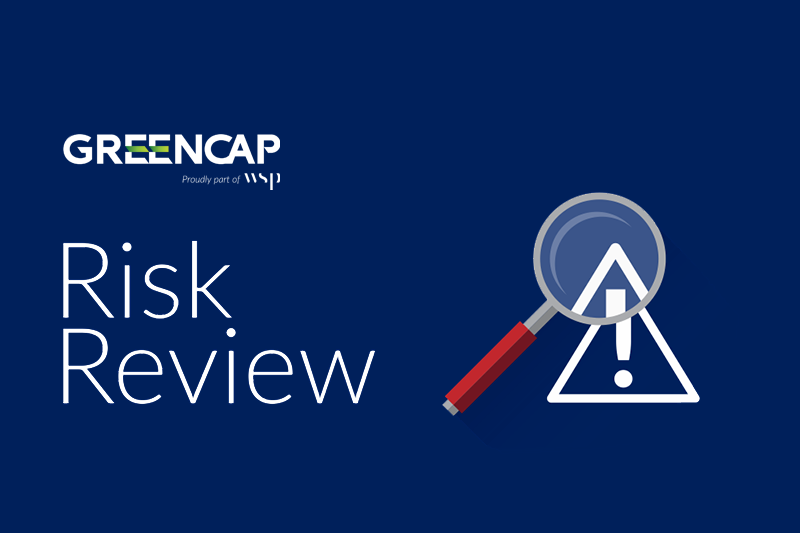News & Insights
The Hazardous Chemicals Classification System
Australia and New Zealand manage hazardous chemicals through national, state and territory regulations, these include:
- Harmonised Work Health and Safety Regulations (Commonwealth, New South Wales, South Australia, Queensland, Tasmania, Australian Capital Territory, Northern Territory)
- Victorian Occupational Health and Safety Regulations 2017
- Western Australia Occupational Safety and Health Regulations 1996
- Health and Safety at Work (Hazardous Substances) Regulations 2017.
On 1st January 2021, Australia commenced a two-year transition period to the Globally Harmonised System of Classification and Labelling of Chemicals 7th Edition (GHS7). New Zealand adopted the GHS7, commencing 30th April 2021.
During this transition, manufacturers and importers may use either GHS3 or GHS7. From 1st January 2023, only GHS7 may be used in Australia. Moving to GHS7 ensures that Australia and New Zealand stays up to date with international best practice and our trading partners.
What is the GHS & why is it important?
The Globally Harmonised System (GHS) is a global system of classifying chemicals, preparing labels and Safety Data Sheets (SDS), and communicating their hazards. The GHS is managed by the United Nations (UN) and aims to provide users with safe, consistent, practical and easy to understand information about chemical hazards.
The GHS on its own does not have any enforcement powers, and is voluntary. However, many countries, including Australia and New Zealand, have written the GHS into their Workplace / Occupational Health and Safety (WHS/OHS) regulations.
As of the 2nd August 2021, Safe Work Australia reports that the following jurisdictions have updated their regulations to include the GHS requirements:
- Commonwealth Territories
- New South Wales
- Northern Territory
- South Australia
- Victoria
Download Greencap's Hazardous Chemicals Classification fact sheet
By submitting this form, you consent to receiving periodic email updates from Greencap. You may unsubscribe at any time. Privacy & Policies
With the Australian Capital Territory, Queensland, Tasmania and Western Australia yet to amend their regulations.
What are your responsibilites?
The Work/Occupational Health & Safety (WHS/OHS) regulations implemented in each jurisdiction outlines the obligations for workplace controllers and operators.
These include the following:
Hazardous Chemicals Register - A hazardous chemicals register is a full list of the hazardous chemicals stored and used at the workplace. A hazardous chemicals register is required under the WHS/OHS Regulations to be prepared and kept up to date.
The hazardous chemicals register must be made available to all workers involved in the use, storage and handling of hazardous chemicals and to anyone else who may be affected by chemicals in the workplace.
Safety Data Sheets - A SDS is a document that provides detailed information about a hazardous chemical. SDS provides information on managing the risks of a hazardous chemical in the workplace.
A safety data sheet should be obtained from the supplier or manufacturer of the hazardous chemical on first supply to the workplace. SDS should be maintained and kept up to date (reviewed and reissued every 5 years), be available in a readily accessible location and contain local (Australian or New Zealand) contact details.
Labelling - All hazardous chemical containers that are used, stored, or handled at a workplace must be correctly labelled.
A compliant hazardous chemical label must include the following:
- Product identifier
- Name, address and telephone number of the manufacturer
- Hazard pictograms (as specified in the GHS)
- Hazard statements
- Information about the hazards and the expiry date of the chemical (if applicable).
Labels should be kept in good condition and be clearly legible at all times.
Secondary Contaiment - A spill containment system for hazardous chemicals must be supplied, if necessary. Where there is a risk of a spill or a leak of a hazardous chemical in a solid or liquid form, provision should be made at the workplace where the hazardous chemical is used, handled, generated or stored.
Spill containment provisions may include, but are not limited to secondary containment/bunding, spill kits, leak detection systems etc.
Placarding & Manifest - If quantities of hazardous chemicals exceed the manifest thresholds outlined in the applicable regulations, a manifest must be prepared for those hazardous chemicals and the regulator is to be notified. If quantities of hazardous chemicals exceed the placard thresholds outlined in the applicable regulations, specific placards must be displayed at the entrance to the workplace and the location the hazardous chemical is stored.
For additional information relating to the management of hazardous chemicals in your jurisdiction sign up to receive the fact sheet above.
How Greencap can help
Greencap’s team of highly experienced chemical management consultants assist in the development of a range of chemical registers, manifests, risk assessments, and advice to meet compliance requirements.
Fill in the form below for further information or if you require any assistance in managing your chemical risks.



Industry News
Risk Review
News
Mid-Coast Outreach & Greencap - Helping to keep communities safe and supported
Risk Review
The Asbestos Register – A cornerstone for managing asbestos
Greencap acknowledges the Traditional Owners of Country throughout Australia and recognises their continuing connection to land, waters and culture. We pay our respects to their Elders past, present and emerging.




